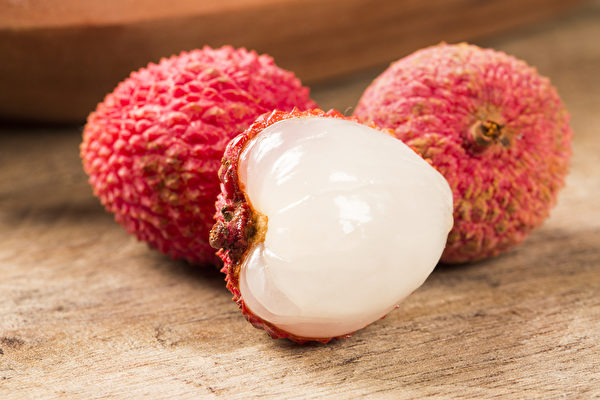In recent days, the price of lychee in China has dropped by 70% from its peak, leaving fruit farmers feeling helpless. The news of the sharp decline in lychee prices has become a hot topic on Baidu on June 17.
According to a report by Guangming Net on June 17, Ms. Shen, who operates a fruit business at the Gouzhuang Fruit Wholesale Market in Hangzhou, revealed that in early May this year, lychees were selling for as high as 180 yuan per box. Now, volcanic rock lychees are priced at 90 yuan for a 5kg box, while a 6kg box of white sugar jar lychees can be taken away for just 50 yuan.
Near Ms. Shen’s stall, a boss’s wife is selling lychees for 55 yuan a box, stating, “This is already the lowest point, so we only accept bulk purchases with each box weighing 10kg (5kg).” The stall owner explained.
Furthermore, according to a report by Shanxi Evening News on June 16, monitoring data from the NanHuanQiao Market in Suzhou City shows that the wholesale price of lychees like FeiZiXiao and White Sugar Jar is between 5 to 5.5 yuan/500g, while the wholesale price of white sugar jar lychees ranges from 5.5 to 6.5 yuan/500g. The main varieties of lychees, including FeiZiXiao and White Sugar Jar, have dropped by approximately 70% since the beginning of May.
A wholesaler who has been in the lychee business for many years said: “In previous years, FeiZiXiao was wholesaling for over 10 yuan per 500g, and now it has dropped to over 5 yuan, with some slightly lower quality ones even cheaper.”
As for the reasons behind the significant drop in lychee prices this year, Guangming Net cited expert explanations that factors such as increased production and reduced logistics costs have contributed to this “plunge” in lychee prices.
As previously reported by Jiemian News, the total lychee production in the three major lychee-producing regions of Guangdong, Guangxi, and Hainan is expected to exceed 2.12 million tons this year, a staggering 37.5% increase compared to last year. The total national lychee production in 2025 is projected to be around 3.65 million tons, a remarkable 111.26% increase and a historical high.
Moreover, the entry of more e-commerce platforms and community group purchases into the market has also driven down prices. Consumers can now purchase lychees directly from the source at “local prices” through these platforms, with many platforms capitalizing on the “freshness season” to attract customers by launching “hot-selling strategies” and offering “lychee subsidies” everywhere. Additionally, the short shelf life of lychees, known for their “one-day color change, two-day fragrance change, three-day taste change,” forces wholesalers to reduce prices in a rush to avoid greater losses.
This year’s plummeting lychee prices have left fruit farmers in distress. A Chinese media person revealed on June 17 that a fruit farmer in Maoming, Guangdong, calculated the numbers: the purchase price has dropped from 12 yuan per 500g last year to 3 yuan per 500g now. After deducting the skyrocketing labor and agricultural costs, the profit is even lower than during last year’s reduced yield. Some fruit farmers are giving up on picking high-quality lychees, allowing them to rot at the top of the trees, as the more they pick, the more they lose.
Wholesalers are also facing difficult times, as Mr. Wang, a wholesaler in Ningbo, has dozens of tons of lychees stockpiled in his warehouse, saying, “Selling one truck means losing one truck, but not selling means it’s all over.” To reduce losses, some businesses are turning lychees into freeze-dried fruit, but the processing capacity is inadequate. Some are even picking the fruit prematurely to seize the market.
Experts caution those who love to eat lychees: adults should not exceed 200g (about 10 pieces) per day, while children should consume half that amount. Overeating can lead to “Lychee Disease” – hypoglycemic reactions, especially when consumed on an empty stomach.

